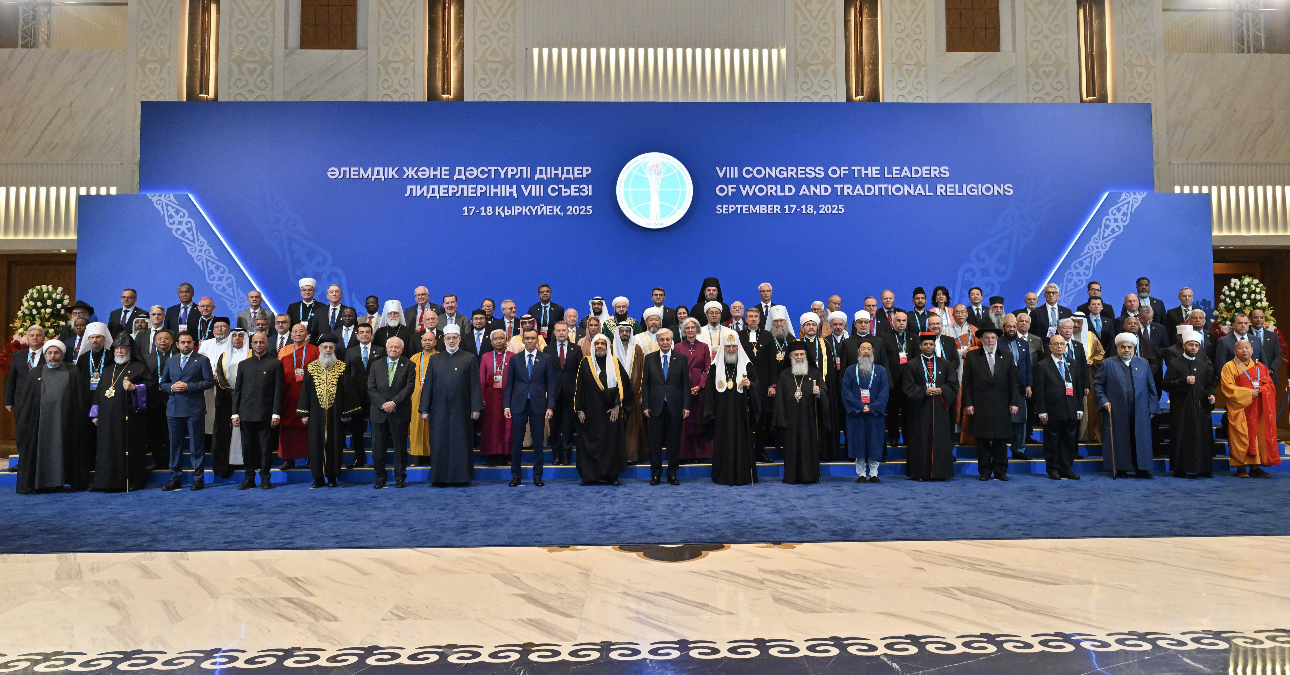By Ann Kowal Smith,Contributor
Copyright forbes

The most powerful breakthroughs happen when we set aside egos, pool resources and work together.
In 1996, a small group of scientists gathered in Bermuda to solve what seemed like an impossible puzzle: how to decode the human genome. They were used to guarding their data like treasure. But since mapping the genome would help combat disease, personalize medicine and accelerate drug development they broke with tradition. By combining their data and working together, they leveraged their collective intelligence and achieved a genetic breakthrough that changed science forever.
Human history has romanticized the “great man theory” in which our greatest inventions emerge from the genius of a single, usually male, great brain. This is nonsense. Human ingenuity at its best is collective. We are culturally adapted to build on the cognitive abilities and experiences of multiple brains.
But collective intelligence doesn’t just happen by accident. And it’s not what most people think it is. The smartest teams aren’t a collection of the smartest people. In fact, the most collectively intelligent teams (the ones with the best performance) are socially sensitive to each other, balanced in their contributions and diverse in their viewpoints and experiences. It’s not simply the sum of our IQs, it’s how we engage with each other that counts.
As the genome example illustrates, collaboration takes commitment, work and a break from business as usual. Here are five skills that your team needs to hone their collective intelligence. Each builds on the other, creating a framework for teams to think and work better together.
Listening With Humility
Listening has become leadership’s most underused skill. And excuses abound. We’re busy, so we multitask. We’re constantly on our phones, half-hearing our colleagues as we attend to something more important. This only exacerbates our natural tendency to fill the sizable gap between the speed of our brains and the slower velocity of normal speech. Between these structural and attentional obstacles, it’s a wonder anyone hears anything at all, let alone pauses to listen deeply.
MORE FOR YOU
Listening isn’t just about being polite—it’s about creating the conditions that unlock innovation and drive collective performance. The most successful teams have what MIT’s Alex Pentland calls “charismatic connectors”—people who listen as much as they talk and stay fully engaged with whomever they’re listening to. Pentland’s research suggests that the greater the number of these super listeners an organization has, the more successful it will be.
Listening isn’t a personality trait you’re born with; it’s a discipline that requires dropping your agenda and approaching conversations with genuine curiosity. When you listen to learn rather than to confirm what you already believe, you create space for unexpected insights that fuel breakthrough thinking.
Asking Good, Curious Questions
Questions can open or close possibilities, and most leaders get this wrong. Too often we ask questions designed to confirm what we already know, when we should be asking questions that reshape outcomes and challenge bias. The most powerful questions aren’t “gotcha” moments but genuine invitations to think together—“what if” instead of “what,” “what could be” instead of “how much.”
Research shows we like people who ask more questions because it signals they care about what we have to contribute. And yet, in a large study of employees 49% don’t speak up with their ideas because no one asks them what they think. Consider your last quiet meeting—what did you miss for lack of a good question?
But here’s the paradox: the questions that matter most are often the ones that are tough to ask, the ones that make us anxious. Anxiety tends to point toward what’s important, but it also prevents us from asking the questions we need to explore. Good questions drive both innovation and inclusion by signaling deep respect for the intelligence that exists at every level of your organization, not just at the top.
Challenging Your Assumptions
The more expertise you develop, the more dangerous your assumptions become. Leadership rarely gets easier with altitude—it becomes harder to get unfiltered feedback and change your mental models. Consider Blackberry: once the gold standard of mobile devices, the company’s leaders failed to anticipate the iPhone’s seismic shift. Their success became their blind spot, confident that their market dominance would protect them. By the time they recognized everything had changed, it was too late.
To challenge your assumptions, you have to recognize them. This requires intentional self reflection which feels very much under threat these days. In my work using facilitated story-based discussions to strengthen collaboration, the ROI is clear: taking the time to surface misplaced assumptions yields powerful insights. In one session at a world-renowned medical center, doctors, nurses, and administrators discussed Kirstin Valdez Quade’s “Jubilee.” The story examines wealth and power through the experiences of two Stanford classmates, the respective daughters of a wealthy California fruit farmer and his Mexican immigrant farmhand.
The story encouraged the group to explore the wide extremes of the patients they serve, from the very poor to the outrageously rich. They confronted often dogmatic beliefs about healthcare, power and money—and considered the asymmetric value assigned to their roles. “It’s too easy to get into our own little framework in our head, and it takes effort to think of those other perspectives,” remarked one colleague. Does your team make the effort to truly understand the assumptions that drive their decisions?
Disagreeing With Respect And Without Retribution
Creative friction leads to new solutions, but most organizations are terrified of conflict. They want innovation without disagreement, not realizing that’s impossible. General George Patton famously said, “When everyone thinks alike, no one is thinking.” The best teams understand that positive disagreement is a powerful way to pressure-test ideas and destroy groupthink. It’s the antidote to overconfidence and the engine of better outcomes. And it creates a healthy environment to surface problems before they break the bank.
Consider Toyota’s famous Andon Cord (like the pull cord on a city bus), where any worker can stop the entire production line if they spot a problem. Toyota celebrates every pull of the cord as a learning opportunity, thanking workers for identifying the problem and working with them to fix it. This creates a culture where everyone feels safe enough to “pull the cord”—to speak up when something isn’t right. The goal isn’t to avoid disagreement but to create the psychological safety that makes space for respectful conflict as a critical component of productivity and innovation.
Widening The Circle Of Empathy
Empathy isn’t soft—it’s a discipline, and one that’s harder than most leaders realize. Despite our best intentions, we’re hardwired to extend empathy to people we already know or who are like us. We often subconsciously withhold it from people of different backgrounds, keeping us entrenched in opposing corners and sabotaging well-intentioned inclusion efforts.
But the good news is that empathy is a muscle we can strengthen with practice. Stanford’s empathy scholar Jamil Zaki explains that “over time, we can fine-tune our emotional capacities and free our empathy from its evolutionary bonds.” This requires more than surface-level collaboration training—it demands building deep, trust-based relationships that expand our capacity to truly see and understand colleagues who think, look, and experience the world differently than we do. When we widen our circle of empathy, we don’t just improve inclusion; we unlock the diverse perspectives and experiences that drive innovation and help teams solve complex problems together.
The decoding of the human genome reminds us that no single mind can solve our most complex challenges. Progress only came when scientists pooled their insights, set aside ego, and worked toward a shared goal. The same is true for work today: breakthroughs depend less on individual brilliance and more on the skills of listening, questioning, challenging, respectfully disagreeing and empathizing with each other. If we want workplaces that innovate and endure, we must practice the skills of collective intelligence as deliberately as scientists pursued the code of life.
Editorial StandardsReprints & Permissions



